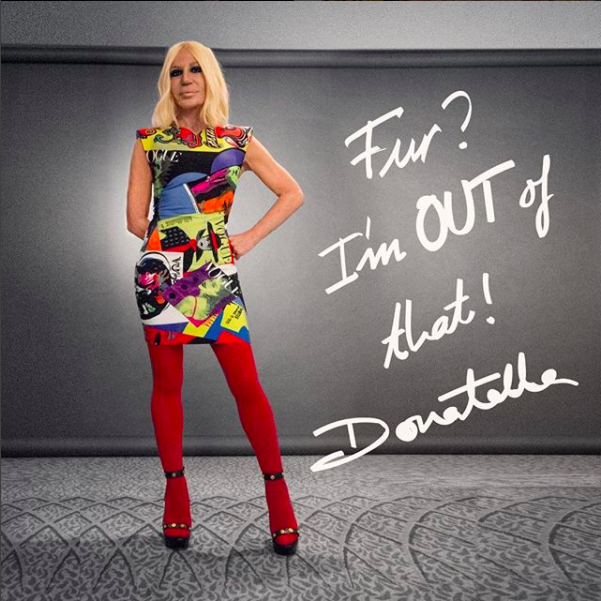Fur-Free Creations Cause Environmental Devastation

Recently we've seen multiple prominent fashion designers distance themselves from real fur due to the inhumane practices behind the fur industry. Some of these newly “fur-free” brands include: Gucci, Calvin Klein, Ralph Lauren, Tommy Hilfiger, Vivienne Westwood, Hugo Boss, Armani, Versace, Michael Kors and Jimmy Choo, which is under Kors’ company.
Of course, there have always been cruelty-free designers, such as Stella McCartney, just to name one, but it seems as if more and more designers are jumping on the faux-fur bandwagon. The switch to cruelty-free garments seems obvious, and with today’s environmentally conscious consumers coupled with today’s technology, designers should be able to create an almost identical synthetic look without harming any animals, right? Wrong!
Generally, the source of the faux-fur does not harm any animals. More often, however, it is the processing of faux-fur which harms the environment. It is the materials, process, and dyes used to create these faux-furs that are destroying our environment which in turn harms our animals and eventually ourselves. Can it get worse? Yes.
Because faux-fur is now the hottest trend taking over runways around the world, more and more of these products are being produced. Since faux-fur is considered “disposable fashion” that does not break the bank, these man-made fibers that are mass produced are poisoning the world. Alongside plastic bags, fake furs sit on landfills.
Made of synthetic fleece fabric, that “teddy bear coat” that was a hot fashion item this season releases almost 2 grams of microfibers (PER-WASH) when washed, and they are released into our rivers and oceans, creating a devastating effect on our marine life. From manufacture to wash and wear to disposal, these faux-furs never leave our environment peacefully.
Image Credit: Max Mara
Ethically, the switch to faux-fur seems like a step in the right direction. Faux-fur has always seemed like the humane alternative, but this assumption is misplaced. Many designers in the fashion industry swore off real fur in the past few decades because of the torture on the animals behind it, though they never chose faux-fur due to its unfashionable and uncomfortable feel and low-end misconception until now.
Many real furs have been saved and passed down has heirlooms, with faux-fur, however, there is not the same sentimental belief and their “shelf-life” use is generally a maximum 5 years, usually ending up in the back of a closet. Instead of passing them down to the next generation, these faux-furs will end up in landfills, and due to their non-renewable plastic and petroleum nature, they will take hundreds of years to even begin to biodegrade.
Combined with the enormous amounts of energy, heat, chemicals, resins and silicon released into the environment when they break down, we will be suffering the consequences of this misconception in the fashion world for centuries.
The environmental impact of faux-fur is undeniable and real fur is still not an option. So where do we go from here? This is the question many brands are asking.








